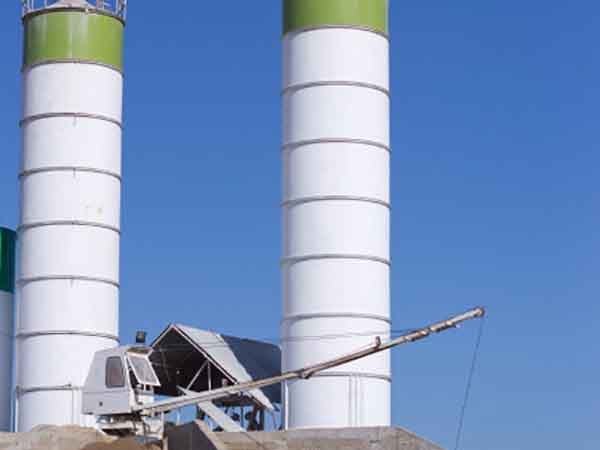

Spherical stirring medium widely used in the mixing process of concrete mixing station, generally made of forged or rolled high carbon steel or alloy steel, or cast alloy steel, with abrasion between 0.1-1kg / t ore Changes, which mainly depend on the hardness of the ore, the fineness of the stirring and the quality of the medium. Media wear accounts for a high proportion, and sometimes wear accounts for 40% of the total mixing cost in a concrete mixing plant, and the wear area often deserves special attention.
Because the wear of the medium can significantly affect the total cost of mixing in the concrete mixing plant, a lot of research has been done on the wear of the medium. Three wear mechanisms are generally recognized: abrasion, corrosion, and impact. Abrasion removes metal from the surface of the stirring medium. Corrosion is the removal of corroded product layers during wet milling. Impact wear is pitting, spalling, cracking or spalling caused by ore-metal-environment contact. Operating data show that the wear in the concrete mixing plant is mainly caused by metal wear, while the corrosion is less than 10% of the total wear. In recent years, the media wear model of concrete condensate mixing plants based on abrasion, corrosion and impact wear mechanisms has been used to predict the media wear, and a lot of research has been carried out. Special laboratory tests and evaluation of comprehensive agitation run data to determine model parameters.

Studying the mixing process of concrete mixing plant for a long time, what factors will affect the mixing performance of concrete mixing plant? It was found that the contact point between steel ball and ore particles caused the Grinding effect, any stirring fineness can be achieved in a given time, and the process is completely random. The probability that the medium ball crushes fine particles and crushes coarse particles is the same. Therefore, the particle size range of the open-circuit mixing process is relatively wide, which may cause over-mixing in some materials. In the last stage of the process, a closed-circuit mixing process is used to overcome such problems. The particle residence time of this process in the concrete mixing station is relatively short.